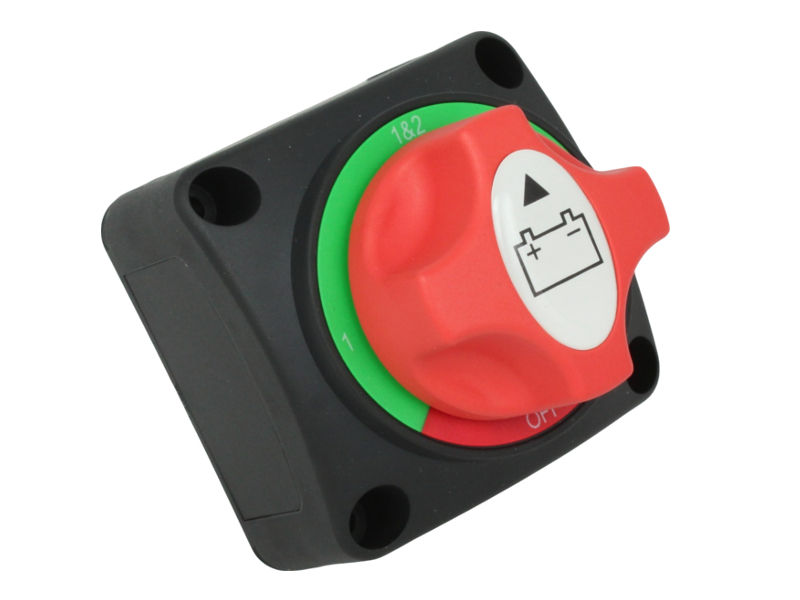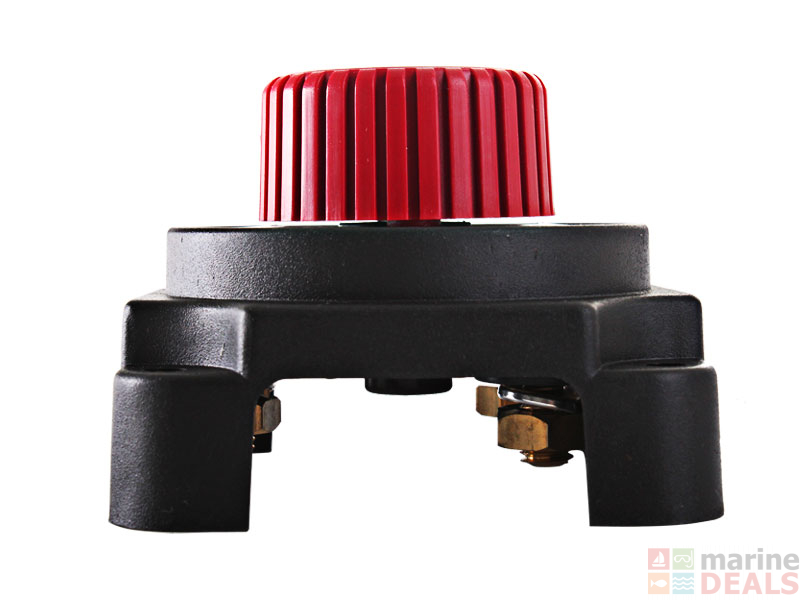
In just a fraction of a second, this causes a voltage spike of several hundred volts which can burn out the voltage regulator and the diodes in the alternator, rendering it useless. This is especially useful if one battery bank is fairly low while the other is still fully charged.īut what happens if the battery switch is accidentally turned to the “OFF” position while the engine is running – say if you want to change from one bank to the other? When you pass by the OFF position (even momentarily) the output path from the alternator is suddenly eliminated. In boats without a battery isolator, it is a common practice for the output of the alternator to be led to the load side of the battery selector switch, which allows you to choose which bank you want to charge. When your boat is operating under engine, the alternator is used to charge your batteries. You can learn more about these automatic systems here. After about 20 minutes, switch to 2 to recharge the house bank for the remainder of your motoring - than you will already be on our house bank when you anchor.ĭon’t want the hassle/responsibility of having to remember all the setting changes? We highly recommend that you consider installing a battery switch system that automatically manages this for you - such as a Blue Sea Systems “ Automatic Charging Relay” (ACR), or their “ Add-A-Battery” system – which can take all the worry and inconvenience out of battery management at a nominal cost. When using the popular OFF - 1 – 2 – ALL battery switch, start your engine with the switch set at position 1 (start battery), and motor with the switch set on 1 to recharge the start battery. But what happens if you’re sitting at anchor, with ALL selected – enjoying your stereo, drinking your ice cold beverages and turning on the lights when it gets dark? While the extra power you get may sound great, you are now running the risk of depleting ALL of your batteries and may no longer be able to start your engine when you’re ready to leave the next day.

1 – Is usually assigned to your “start” battery (you’ll need to check your own boat to be sure).If you are plugged into shore power, this switch is bypassed and all banks will be charged regardless of the battery switch setting. OFF – Means that when you are running the engine, the alternator is not charging either of your battery banks.Battery switches usually come with 4 positions: Installing a battery switch gives you complete control over which bank is being used and/or charged. When sitting at anchor, it’s a good idea to keep these two battery banks separate so that if you accidentally drain down the house bank, you will still be able to start your engine and get back to port.

#Marine battery isolator switch how to#
This Navigator explains what battery switches are used for and how to know when you might need to buy one with the “AFD” (Alternator Field Disconnect) feature.Īny boat with more than one battery will usually be set up with two “banks” of batteries – one that is used purely to start the engine (the “start” battery bank), and another (often referred to as the “house” bank) to run any items on-board that require power (like refrigeration, lights, radios, etc.).

Customers who are brand new to boating will often ask what that “big red switch” is for and why their boat needs it.


 0 kommentar(er)
0 kommentar(er)
